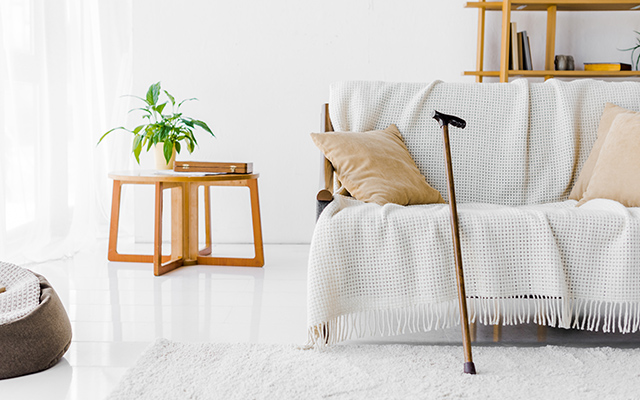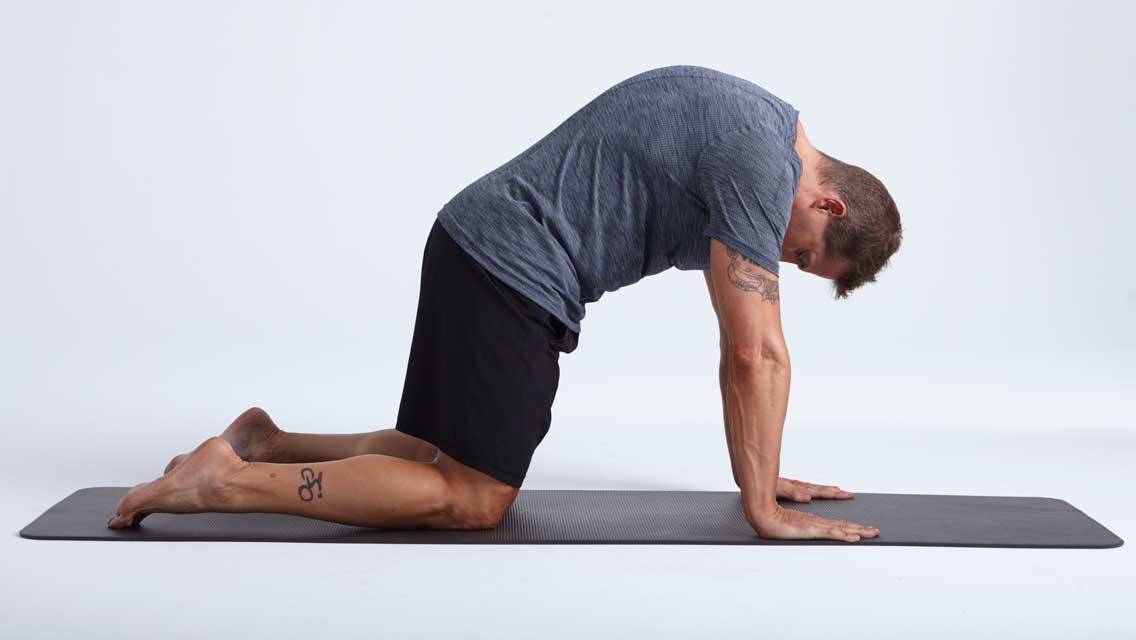Gravity is not your friend once you join the Medicare set. I’m not just talking about sagging jowls and drooping tummies; older folks tend to fall — a lot. And when we take a tumble, we don’t bounce back the way we once did. Last winter, for example, three of my contemporaries slipped on icy driveways and landed in the emergency room. The postsurgery recovery in each case was long and painful.
The only upside was that they avoided spending prolonged periods strapped to a hospital bed.
A decade after the federal government began penalizing hospitals whenever a patient fell while in their care, the industry has restricted mobility so severely that some research suggests as many as a third of patients over 70 years old are returning home more disabled than when they arrived. “Older patients face staggering rates of disability after hospitalization,” Kenneth Covinsky, MD, a geriatrician at the University of San Francisco–California, told Kaiser Health News.
Medicare policy now prioritizes patient safety over mobility, which has created what Covinsky calls “a climate of fear of falling.” Nurses are so afraid that they’ll bear the brunt of the blame for a tumble that they’ve restricted their patients’ movement — which weakens already frail individuals, making them more susceptible to falls when they’re discharged.
I’m happy to report that I haven’t had much in the way of firsthand experience with inpatient ambulatory limitations, but I do recall various factors that kept me bedridden the last time I was admitted to a hospital. A catheter, for instance, tends to reduce your mobility (while also reducing the frequency of bathroom trips). An IV drip mounted on a rolling stand offers some movement options, but it’s a little challenging to maneuver that assemblage among corridor traffic with one hand while your other one is trying to keep your hospital gown from flying open and distracting other residents with views of your naked backside.
Researchers generally agree about these and other anti-mobility forces, but they may be overlooking something that caught my attention as soon as I awoke after surgery and kept me blissfully stationary for most of my brief stay: really warm blankets.
I’m sure that the nurses in that ward weren’t much concerned about whether the 30-something guy who’d just had his kidney stones removed (the hard way) was getting enough exercise, because I seem to recall them regularly exchanging slightly tepid bed coverings with blankets fresh out of the dryer. Maybe because it was January, I was slightly disappointed when it was time to go home.
The frail elderly, obviously, face more difficult choices in these situations than I did. Three days rendered immobile can sometimes result in three months of gradual strength building before they’re able to move around the way they did before their hospital stay. Even a few hundred steps a day while in the hospital can hasten their eventual recovery.
Some facilities have responded to this mobility crisis by establishing special wings and staffing to encourage elders to get up and move while limiting their risk of falling. But, as University of Wisconsin–Madison researcher Barbara King, PhD, RN, notes, U.S. hospitals still have a long way to go. “If we think that a patient walking is a patient who will fall,” she says, “we have to shift that culture.”
And maybe cool off those blankets.




This Post Has 0 Comments